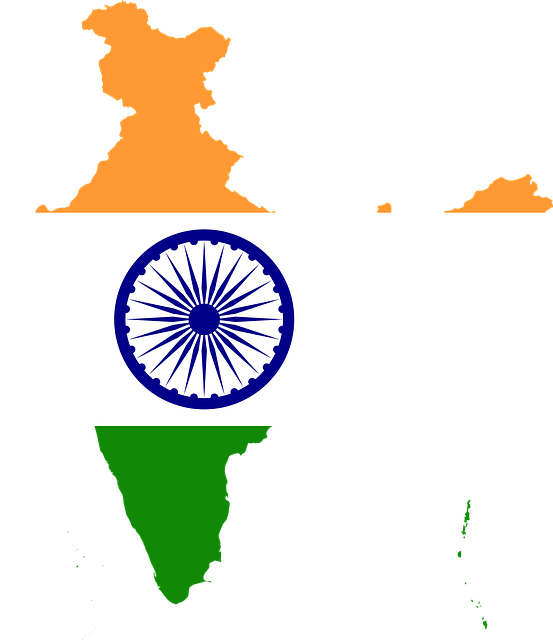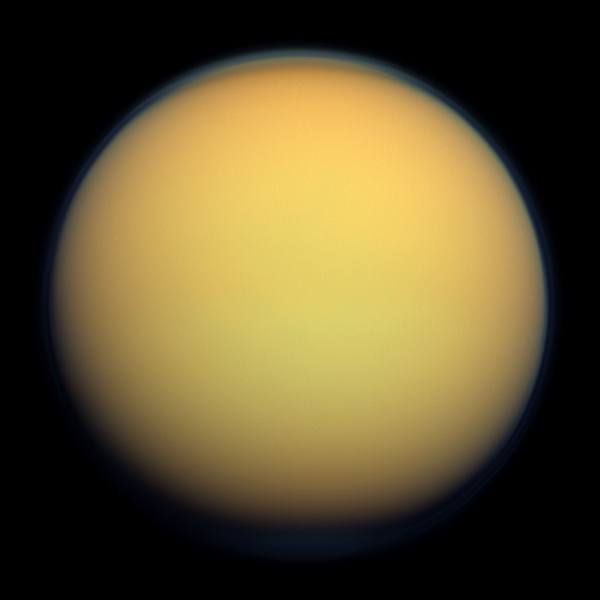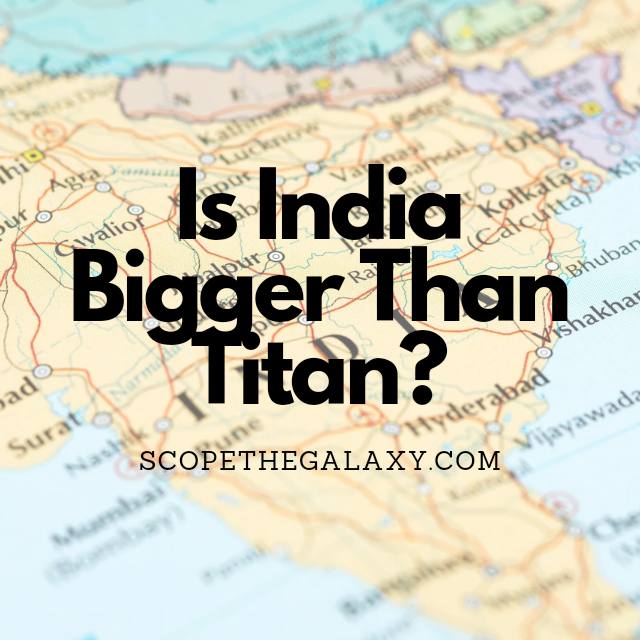*This post may contain affiliate links. This means we may make a commission if you purchase an item using one of our links*
India has a surface area of 3.28 million sq. kilometers and a volume of 154.5 million cubic kilometers while Titan is the second largest moon and a spherical entity with a surface area of 83 million sq. kilometers and a volume of 71.6 billion cubic kilometers. It only makes sense that Titan would be bigger as it is a spherical whilst India is a flat land mass.
For a more detailed look at what makes both India and Titan as big as they are, continue reading as it will be covered in more detail below.
How Big Is India?

India is a South Asian country, which is the seventh largest by area and second most populated in the world (with over 1.3 billion people). In addition, it is the most populous democracy in the world. The Indian Ocean bounds it to the south, while the Arabian Sea covers the southwest, and the Bay of Bengal borders the southeast.
The diameter of India, measuring east to west, is 2,933km, while the extreme latitudes of north and south cover a length of 3,214km. Either way, it is smaller than the moon Callisto’s diameter. India’s coastline stretches over 7,000km, meaning that much of India’s landmass protrudes into the Indian ocean.
India’s total surface area is 3,287,590 sq. km and covers a diverse range of landscapes, from dry stretches of desert to snow-covered mountain peaks. Most of the central, northern, and eastern regions of India encompass the fertile lands of the Indo-Gangetic plain, while the sandy and rocky landscape of the Thar Desert occupy the west.
This fertile area – sometimes referred to as the Ganges plain – covers a large amount of India’s north and is created by soil deposits from the rivers that run from the vast Himalayan mountains. In some areas, the depth of this silt can be greater than 25,000ft!
The highest point is India is undefined because of a territorial dispute with Pakistan. The highest point within this territory (known as Kashmir) is K2, which stands at 8,611m. However, the highest point in India’s undisputed territory is Kanchenjunga which reaches a height of 8,598m.
Average crustal thickness varies between regions, ranging from 30-35 km in the plains to 80 km in the mountainous areas. Calculating the mean thickness among all these variations totals roughly 47km. If we then multiply this by the surface area, we can calculate the estimated volume of India to be 154,516,730 cubic km.
How Big Is Titan?

Titan is the largest of Saturn’s moons and the second largest satellite in our solar system (following Jupiter’s moon Ganymede). It is the only moon in the Milky Way that has clouds and a planet-like atmosphere.
Titan has a diameter of 5,150 km and a surface area of 83,000,000 sq. km. This surface area gives Titan an impressive volume of 71,600,000,000 cubic km.
This moon is so fascinating to scientists that they will launch the $1 billion drone “Dragonfly” to explore its surface. Titan has a thick atmosphere; because of this, the moon experiences a methane cycle of evaporation and condensation that creates rain, clouds, seas, and rivers. Other than Earth, Titan is the only body in the solar system that shows clear evidence of stable bodies of surface liquids.
The moon’s surface is one of the most Earth-like places in the Milky Way, though there are some vast differences. Firstly, the temperature is far, far colder, with an average surface temperature of −179.5 °C. And Titan’s gravity is only 14% of the Earth’s gravity, which means that a person weighing 100 kg on Earth will only weigh 14 kg on Titan.
Dutch astronomer Christiaan Huygens first discovered the moon in 1655 and named it Saturni Luna (Latin for “Saturn’s moon). It was in 1847 that English astronomer John Herschel suggested that the moon be renamed Titan from Greek mythology.
Scientists aren’t entirely sure about Titan’s origins but get some clues from its atmosphere. Instruments measuring the isotopes discovered that the ratio of Titan’s nitrogen isotope most closely resembles comets from the Oort Cloud – billions of icy bodies which orbit the Sun from a distance of 5,000 to 100,000 astronomical units.
This nitrogen ratio suggests that the moon was created from the same disc of dust and gas that formed the Sun.
Titan orbits at a distance of roughly 1.2 million kilometers from Saturn, a planet that is approximately 1.4 billion kilometers from the Sun. This vast distance means that sunlight takes around 80 minutes to reach Titan (compared to around eight minutes on Earth), and the light is 100 times fainter on this moon than we experience on Earth.
Summary
India may have the second largest population amongst all the countries on Earth but it isn’t even the biggest country whereas Titan is the second largest moon, and is even bigger than Mercury.
It is 25 time larger in surface area and over 460 times larger in regards to volume over India.

